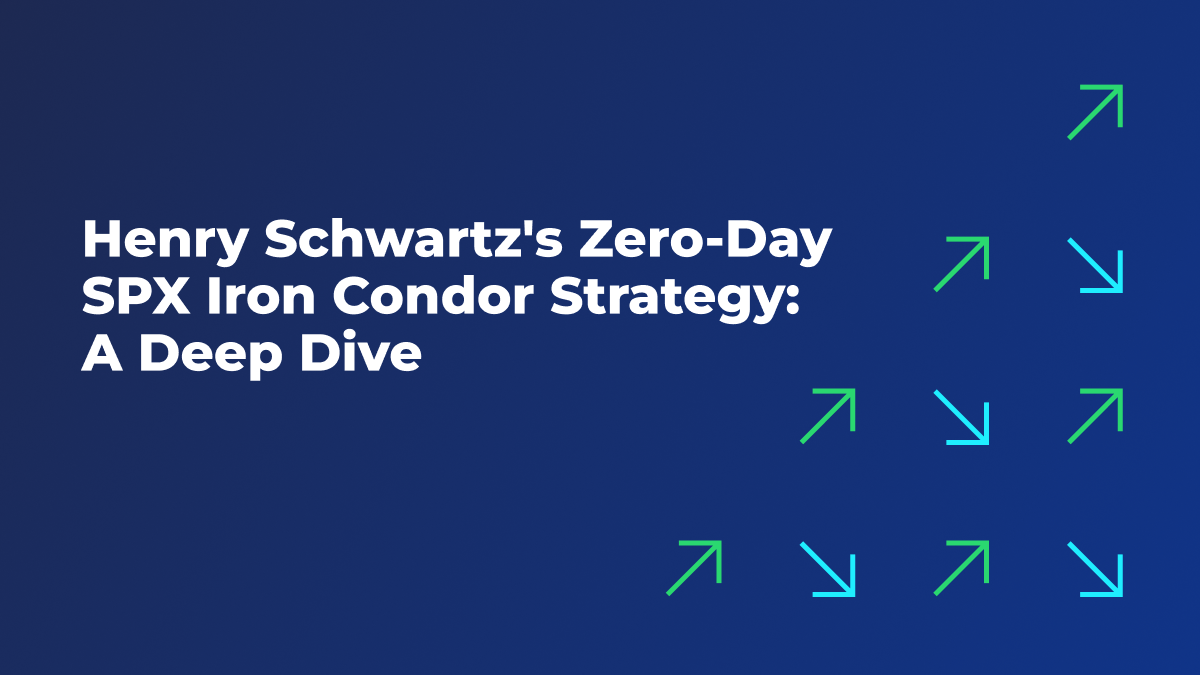
Read More
Cash-settled index options are now eligible for margin relief. While Cboe® proposed and advocated for the rule change, the benefits are available to all index options products used for overwriting strategies.
Put simply, under the rule, cash-settled index options written or sold in a margin account against an exchange traded fund (ETF) that is based on the same index now qualify for margin relief. This treatment is likely familiar because it’s the same concept as an investor writing an equity call option while holding a long position in the underlying security, in other words, a “covered” call.
Why is this margin rule beneficial? We expect this rule change will make index options more accessible to investors who want an alternative to ETF options to manage their long ETF positions. Index options offer several benefits that ETF options don’t. Index options are cash-settled so in the event of assignment, a related long ETF position would not be sold and there is no disruption to the long position in the ETF. In comparison, ETF options are physically settled so the investor’s ETF call options would be settled with sale of the long position in the ETF at the exercise price. Additionally, index options offer European style exercise, so assignment can't occur prior to expiration, making it easier to manage positions. Plus, index options that qualify have the potential to receive 60/40 tax treatment, regardless of the holding period, rather than being subject to ordinary short-term gains like ETF options.
While these two types of trades have similar risk/return profiles, we thought it only made sense to treat these index options as similarly protected for margin purposes and ensure they are not subject to uncovered option margin requirements. Here’s an example.
Typically, an investor who held a long position in, for example, an S&P 500 Index linked ETF—such as the iShares Core S&P 500 ETF (IVV), SPDR® S&P 500® ETF Trust (SPY), or Vanguard S&P 500 ETF (VOO)—would write a covered call option using the corresponding ETF option. Now, an investor who holds a long position in an S&P 500 Index linked ETF can overwrite that position with an index call option such as the Mini S&P 500 Index option (XSP®). While we’re using the S&P 500 Index complex as an example, remember this favorable treatment applies to any index call or put option written against a position in a non-leveraged index mutual fund or non-leveraged ETF that is based on the same index underlying the index option and held in the same margin account.
The rule provides an additional options strategy to investors, allowing them to utilize cash-settled index options at potentially lower cost than is possible under the current margin requirement, creating greater capital efficiencies and trading flexibility.
Ultimately, this margin relief is intended to give investors more choice in how they manage their portfolios and we’re excited to see this customer-driven market structure enhancement come to fruition.
Learn more about index options >
There are important risks associated with transacting in any of the Cboe Company products or any digital assets discussed here. Before engaging in any transactions in those products or digital assets, it is important for market participants to carefully review the disclosures and disclaimers contained at: https://www.cboe.com/us_disclaimers/.
These products and digital assets are complex and are suitable only for sophisticated market participants. In certain jurisdictions, including the United Kingdom, Cboe Digital products are only permitted for investment professionals, certified sophisticated investors, or high net worth corporations and associations.
These products involve the risk of loss, which can be substantial and, depending on the type of product, can exceed the amount of money deposited in establishing the position.
Market participants should put at risk only funds that they can afford to lose without affecting their lifestyle.
© 2024 Cboe Exchange, Inc. All Rights Reserved.